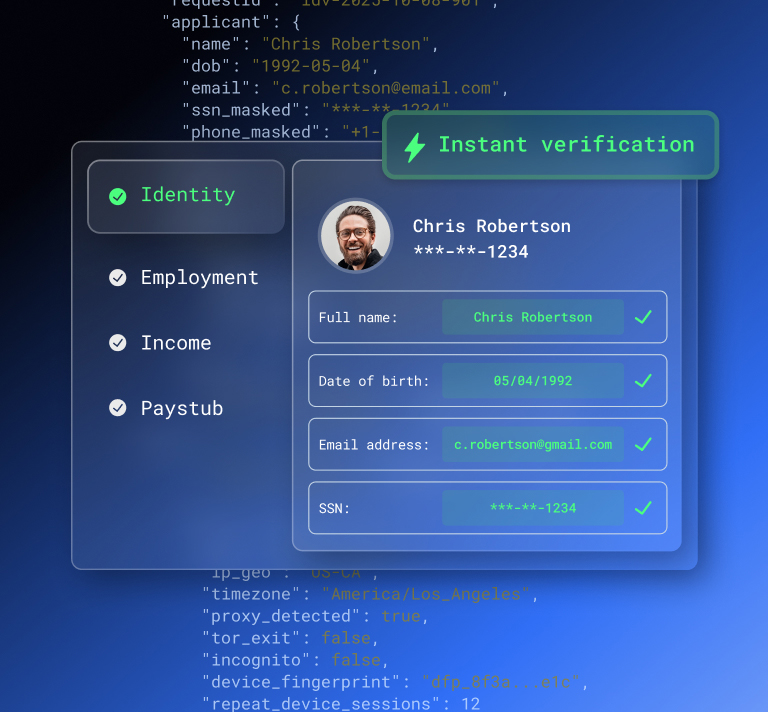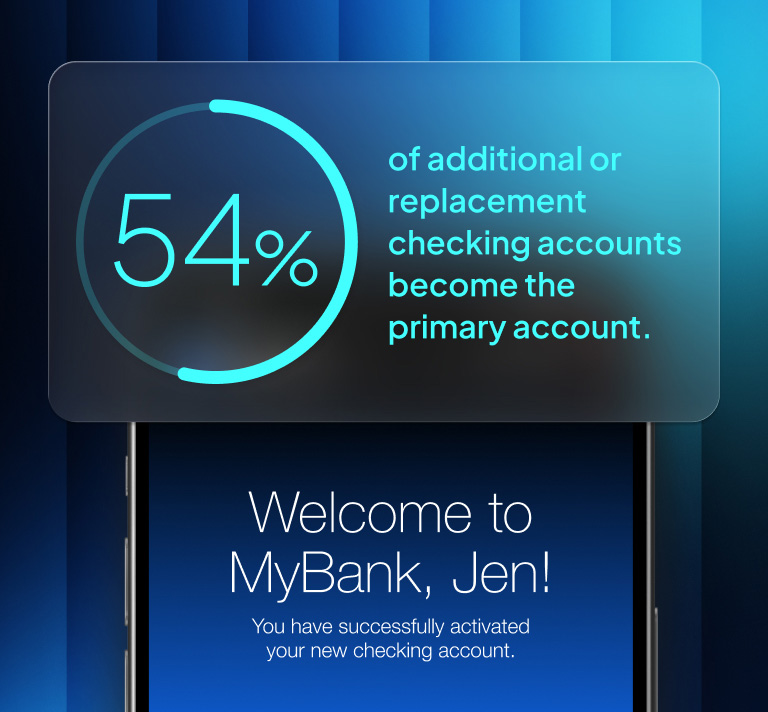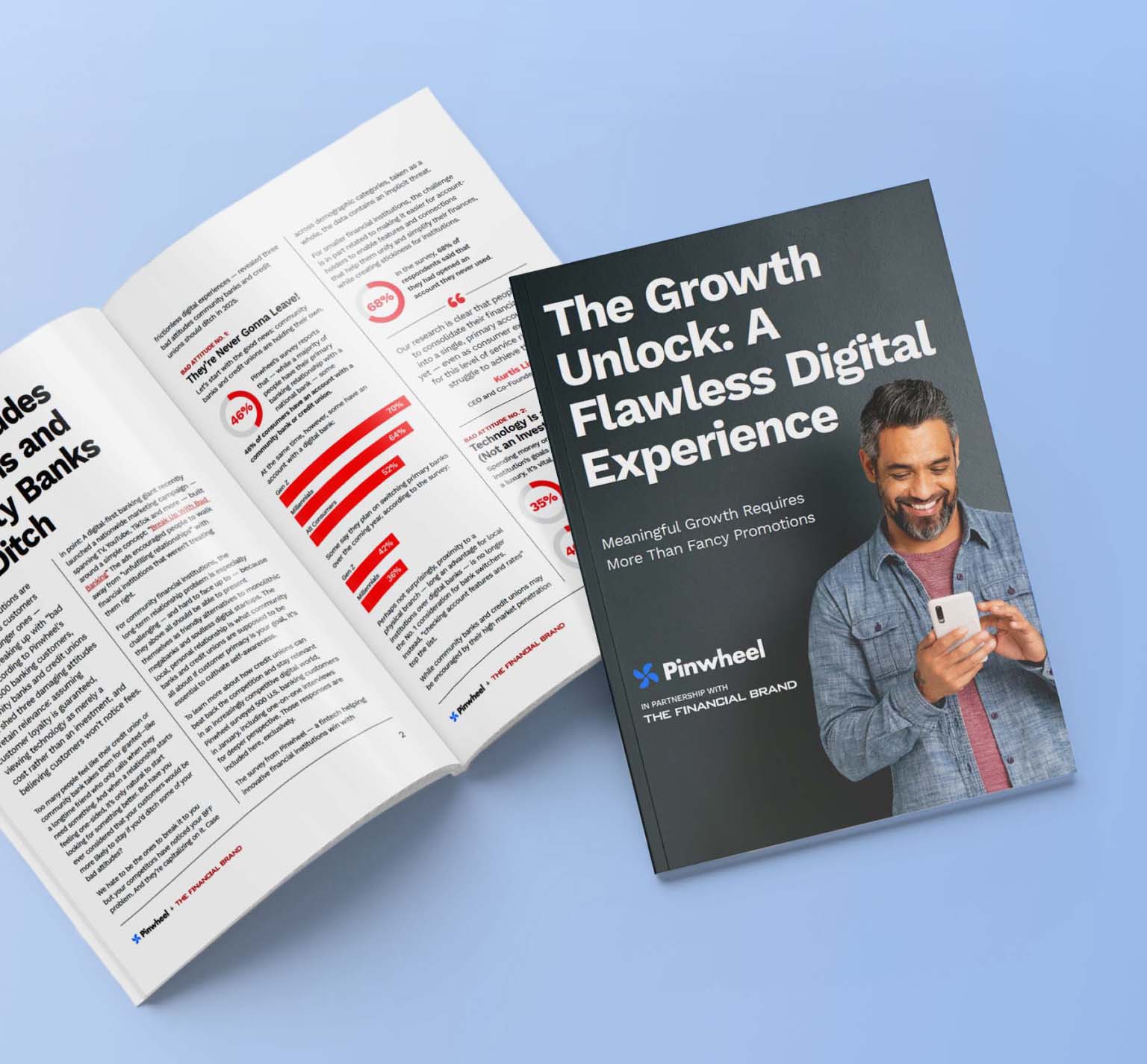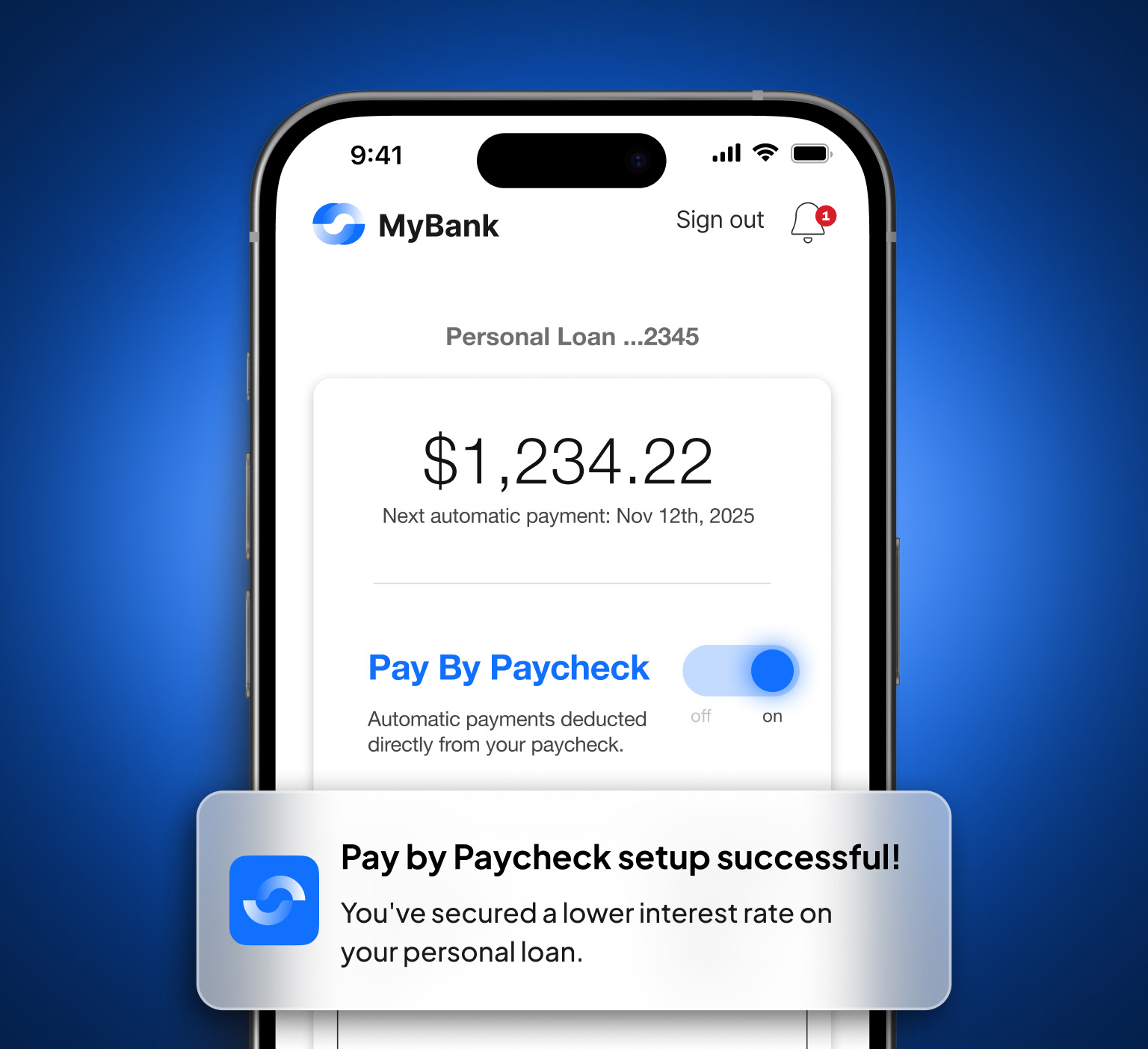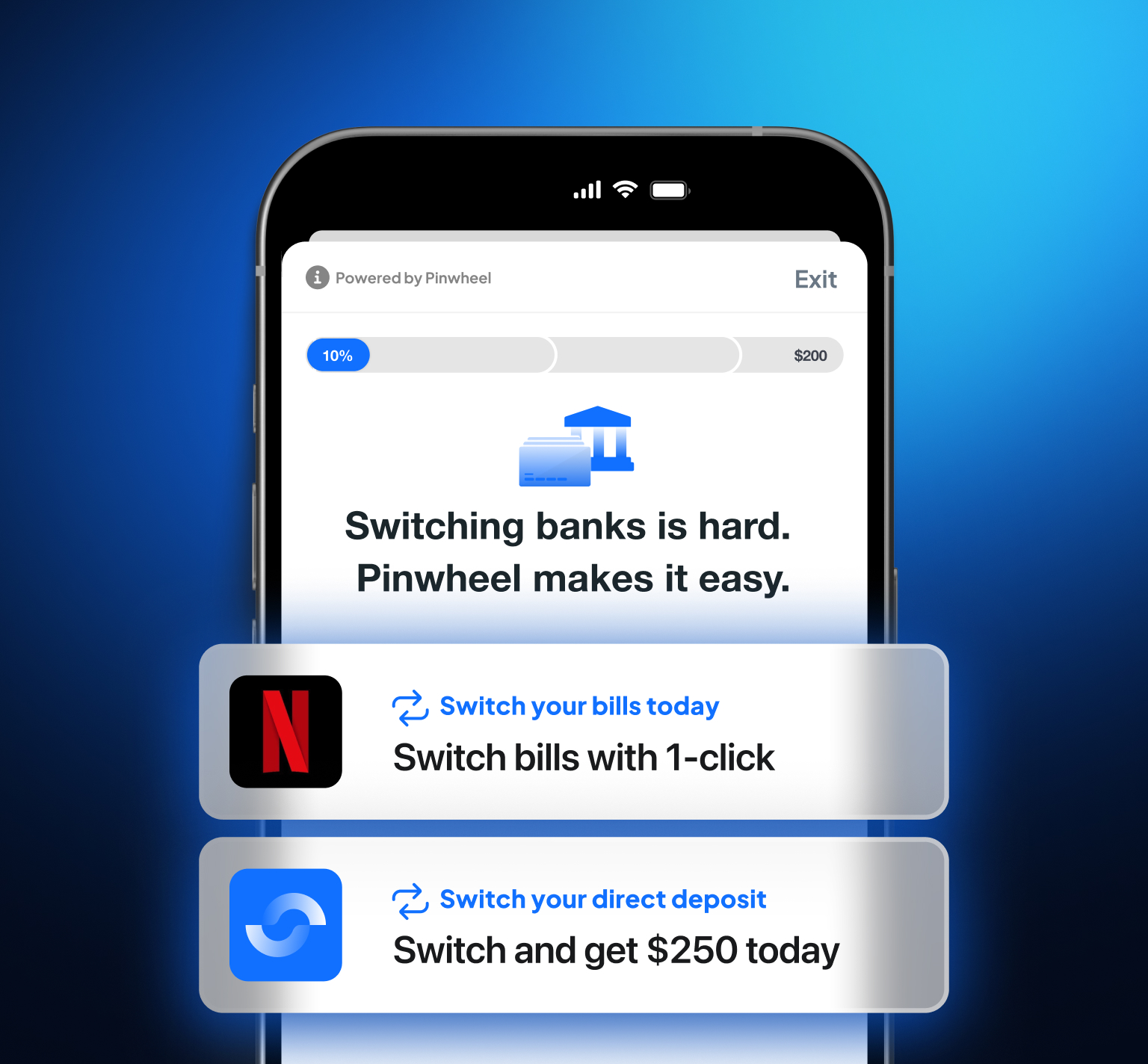Income and employment have long presented verification issues for financial service providers. Payroll data has emerged as the logical solution to this challenge, but its complexity has been an obstacle to broader adoption.
Since 2019, Pinwheel has been developing a payroll data connectivity API that is more than a data conduit. In the process, we’ve upgraded income and employment verification processes and opened doors to income data insights that reduce fraud, mitigate lending risk, and drive innovation.
The history of income and employment verification
Prior to API solutions that enable payroll connectivity, income and employment data could be obtained in multiple ways, each with its own unique set of drawbacks.
In the early 2000s, many financial providers would call employers in an attempt to confirm a person’s employment. Not only was this practice time consuming, but it also encountered disapproval as companies didn’t want to share information about their employees.
The other primary method of verification came in the form of manual documentation, a method that’s also fraught with issues, chief among them its susceptibility to fraud and inconvenience for the end user. Fraud could come in many forms, such as misrepresenting the current state of employment or even modifying documents to misrepresent income. Research has found that one out of five loan applications has inflated income statements, and it costs anywhere from $5 to $15 to get a fake paystub.
With the emergence of APIs that connect to a consumer’s bank account, financial service providers have also come to rely on user-permissioned banking data. These solutions provided slightly better accuracy and were less prone to fraud compared to manual processes, but they were still susceptible to issues.
Foremost, using banking service data to determine income presumes individuals put their entire salary in one account, which may not be the case for many Americans (a survey found that half of Americans have accounts with multiple banks).
Finally, understanding gross vs. net income is nearly impossible with banking data because there’s no visibility into deductions and taxes. Deductions may be one time or change dramatically from paycheck to paycheck.
Direct, user-permissioned access to payroll data single-handedly solves these issues. To date, the adoption of payroll as a data source has been slow but steady. Traditional banks and leading fintechs like Cash App have integrated payroll APIs, and the greater market is slowly becoming more aware of their existence and the use cases they enable.
Improving verification with payroll data connectivity APIs
When we consider all the data points contained inside payroll platforms, it’s clear that they make up the foundation of a consumer’s financial picture.
Payroll data includes:
- Income
- Identity
- Employment
- Paystubs
- Shifts
To make this data available, payroll data connectivity APIs connect financial service providers to their customer’s payroll platform, retrieving verified income and other data in seconds. This is done with the customer’s explicit consent, who has to log in using their payroll credentials to give permission to the API to pull the data on their behalf.
Using payroll data helps financial providers avoid issues that occur with manual verification and user-permissioned banking data. There is no room for data manipulation, which eliminates the risk of fraud, and the income data is precise, with visibility into deductions and taxes. The process is automated from start to finish, creating a faster user experience that consumers have come to expect in an age of fintech.
But income and employment verification is only one out of numerous use cases for payroll data, which has the potential to provide robust insights into a consumer’s financial picture.
How Pinwheel extracts income insights from intricate data
Payroll platforms aren’t designed with the financial industry in mind. They serve employers rather than banks, so the data isn’t organized in an accessible way. Merely retrieving data isn’t enough to address the needs of financial institutions.
For example, take a paystub. It’s designed for government use and contains extraneous information that financial providers likely have no interest in as well as formats the information in a generally confusing fashion. Analyzing paystubs and other payroll data to filter out this information would only increase the workload. To make this data useful for financial providers, payroll data connectivity APIs need to simplify it and organize it into a useful format.
Pinwheel Verify and Earnings Stream are two solutions that take complex payroll data and transform it into ready-to-use reports that are available for credit decisioning.
Verify provides a comprehensive overview of the user’s identity, income, and employment data, including paystubs and shifts. The solution is powered by Pinwheel’s industry-leading connectivity to 1,600 payroll and income platforms and the top 40 time & attendance platforms, spanning 80% of U.S. workers. With Verify, lenders can easily mitigate fraud and improve loan underwriting with more information about their customer’s financial picture.
Earnings Stream takes income data analysis one step further with advanced machine learning and modeling to calculate a customer’s historical, present, and future earnings. With real-time earnings data in a single API, financial institutions can build solutions such as cash flow underwriting, earned wage access, tools for financial management, and more.
Both Pinwheel Verify and Earnings Stream are underpinned by recurring access. This means that banks, lenders, and fintechs get notified when there are updates to the person’s income or employment, so they can proactively respond to any changes to the customer’s needs. Without recurring access, all that financial providers get is a snapshot of their customer’s income and employment data that might change at any time.
Pinwheel also protects user data with strong cybersecurity measures like the Transport Layer Security (TLS) encryption protocol and the Advanced Encryption Standard (AES 256). Payroll systems house sensitive employee data, and we need to look no further than recent ransomware attacks on payroll systems to understand what happens when user data ends up in the wrong hands. (An employee’s social security number being exposed on the dark web is just one of the many potential risks.)
Finally, Pinwheel’s status as a Consumer Reporting Agency (CRA) allows financial institutions to use our income data insights for credit decisioning without risking FCRA violations. From a regulatory standpoint, anyone who uses consumer data for credit decisioning could be on the hook for potential FCRA violations if they didn’t obtain it from a Consumer Reporting Agency (CRA). Now that there are multiple API providers in the payroll connectivity space, the importance of FCRA compliance can’t be overstated, as incorrect data can adversely impact both consumers and financial service providers.
Contact us to learn more about how Pinwheel powers use cases from verification of income and employment to earned wage access.



.svg)
.svg)





